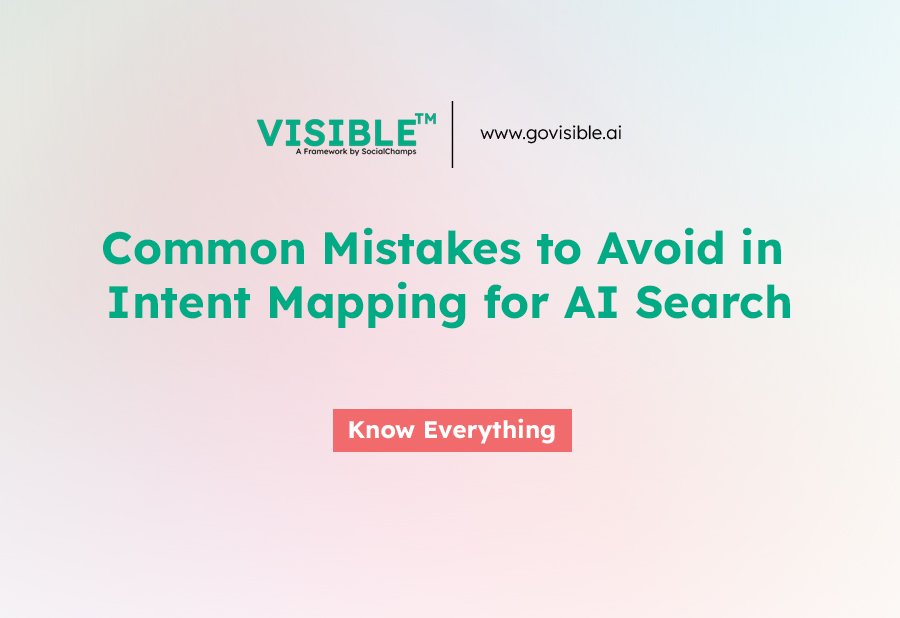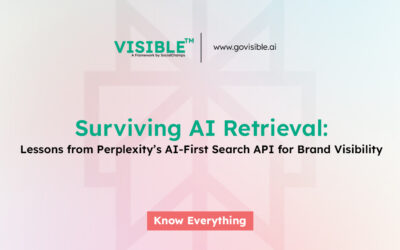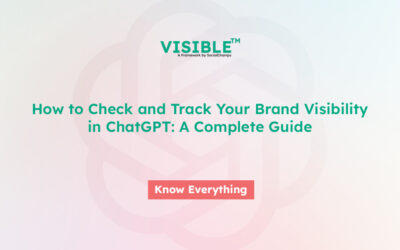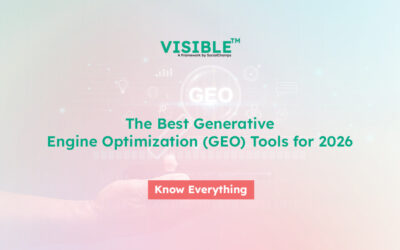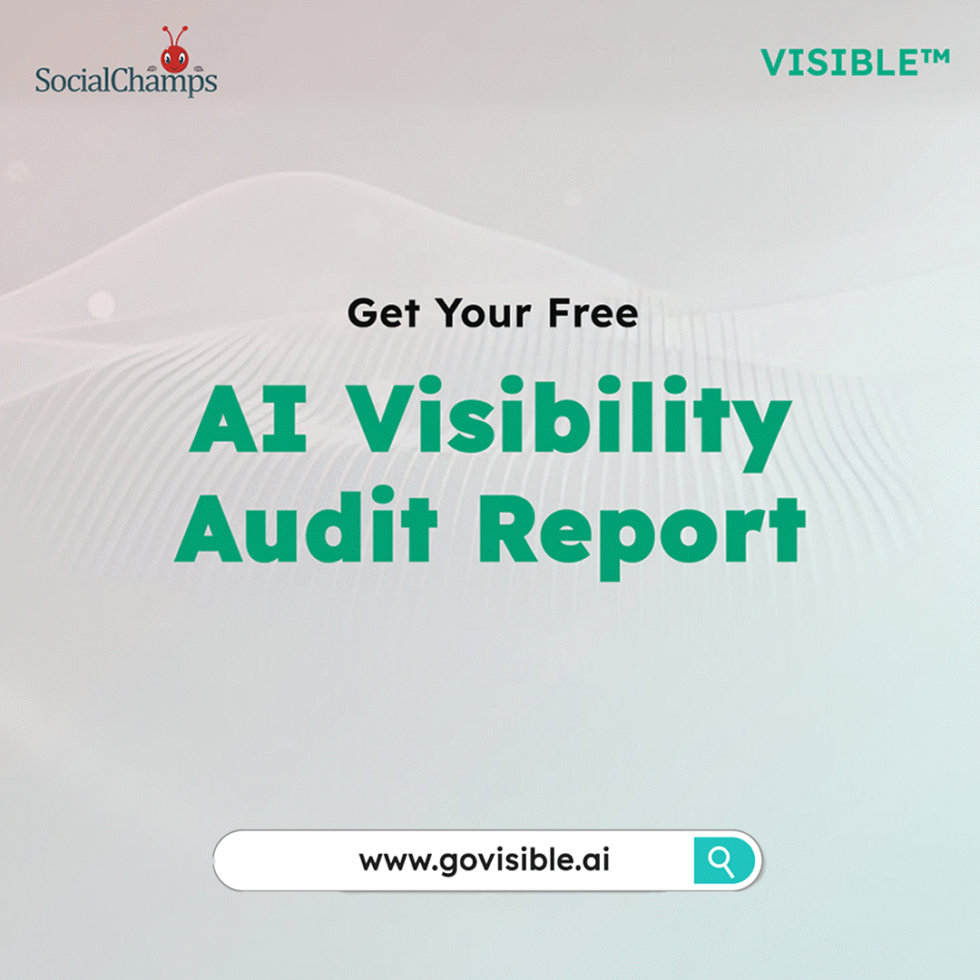Why Intent-to-Answer Mapping Matters in AI Search
Most brands approach AI search as if it’s still keyword-driven—but it’s not. What determines visibility today isn’t traditional SEO metadata; it’s whether your content satisfies the intent behind the prompt. AI-generated answers aren’t just retrieving—they’re interpreting, ranking, and resolving.
That’s where Intent-to-Answer Mapping becomes critical. At VISIBLE™, we’ve built this methodology to help brands architect content that serves the inferred needs of users across generative interfaces—not just search engines. For a foundational overview of this approach, see our full Intent-to-Answer Mapping pillar blog.
Intent-to-Answer Mapping is the process of structuring content to directly match the inferred intent behind AI-generated or AI-queried content prompts.
Without this approach, your brand becomes invisible in AI outputs. With it, you begin to own more of the customer journey across emergent interfaces.
Below, we break down the top five mistakes brands make when executing intent mapping—and how to fix them using principles from the VISIBLE™ Framework. Below, we unpack the most common intent mapping mistakes—along with corrective actions drawn from the VISIBLE™ Framework.
Mistake 1: Mis-Classifying Intent – Signs & Fix
Too often, brands confuse “research” intent (e.g., “what is ESG investing?”) with “transaction” intent (e.g., “best ESG investment platforms”). This leads to the wrong content type for the stage of the journey.
Symptoms:
- Conversion CTAs on early-stage explainers
- Product pages ranking for educational queries
- Poor Visibility Score on journey-stage prompts
VISIBLE™ Viewpoint:
Using our Prompt Bank, we tested 500+ brand examples across verticals. 37% of top-funnel queries returned content designed for mid-funnel users. That’s a classic misclassification error.
Fix :
- Tag content with Entity Depth Index for contextual intent
- Use journey-aware classifiers to segment prompt clusters
- Leverage the VISIBLE™ Platform’s Intent Mapping Engine to validate classification
Mistake 2: Surface-Level Content vs Deep Intent
AI search thrives on depth and relevance, not just word count. Brands often write “for SEO” rather than for generative AI models that value semantic coverage.
Example: A skincare brand writes a 1,200-word blog on “retinol uses” that fails to explain dosage, skin types, and product compatibility. It ranks poorly in generative outputs.
Fix :
- Use the Entity Depth Index to ensure all semantic dimensions are covered
- Integrate structured content modules (FAQs, case examples, comparison tables)
- Layer topical authority with domain-linked citations
Mistake 3: Ignoring Journey Context
Intent doesn’t exist in a vacuum. If your content doesn’t respect where the user is in their decision-making path, it disrupts the journey.
Symptoms:
- Same content served across all funnel stages
- Bounce spikes on mid-funnel prompts
- Disjointed flow from one touchpoint to the next
VISIBLE™ Viewpoint:
Journey-aware design is foundational to AI visibility. We’ve codified this in the VISIBLE™ Framework as the Intent‑Alignment Gap Framework, which highlights three systemic causes:
- Mis‑classified Intent
- Content Depth Mismatch
- Journey Disruption
This gap becomes especially clear when brands fail to build stage-aware journeys. See how to avoid this in our deep dive on buyer journey maps for AI search.
Fix:
- Simulate user paths using the VISIBLE™ Platform’s Journey Simulator
- Map content to progression—not just keywords
- Validate alignment by cross-checking real AI output logs across stages
Mistake 4: Keyword-Stuffing vs. Semantic Richness
Generative AI is trained on concepts, not exact phrases. Keyword density doesn’t correlate with relevance in LLMs.
Problem: “AI-driven CRM software” repeated 12 times, but no semantic context (integrations, use cases, pricing models) present.
Fix :
- Use embedding-based relevance scoring (e.g., OpenAI embeddings, Visibility Score)
- Expand content around latent concepts, not just head terms
- Enrich with supporting entities from the Prompt Bank
Mistake 5: No Testing in Actual AI Models
If you’re not testing how your content appears in AI outputs, you’re flying blind.
Fix :
- Use AI-native test environments (ChatGPT, Gemini, Perplexity)
- Track and benchmark responses using Visibility Score
- Integrate AI output auditing in quarterly SEO reviews
How the VISIBLE™ Platform Solves Intent Mapping Gaps
Our platform integrates:
- Intent Mapping Engine – Auto-tags content clusters by journey stage
- Entity Depth Index – Measures topic coverage quality
- Journey Simulator – Identifies gaps across live AI prompts
This ensures brand content isn’t just visible—but valuable to AI.
Best Practices Checklist
- Classify content by real journey stage, not assumed funnel
- Cover depth using semantic frameworks, not word count
- Test in LLM environments regularly
- Map output logs to user intent clusters
- Use VISIBLE™ Platform tools to guide alignment and fix gaps
Download the Intent Alignment Checklist or Book a VISIBLE™ Intent-Gap Audit

